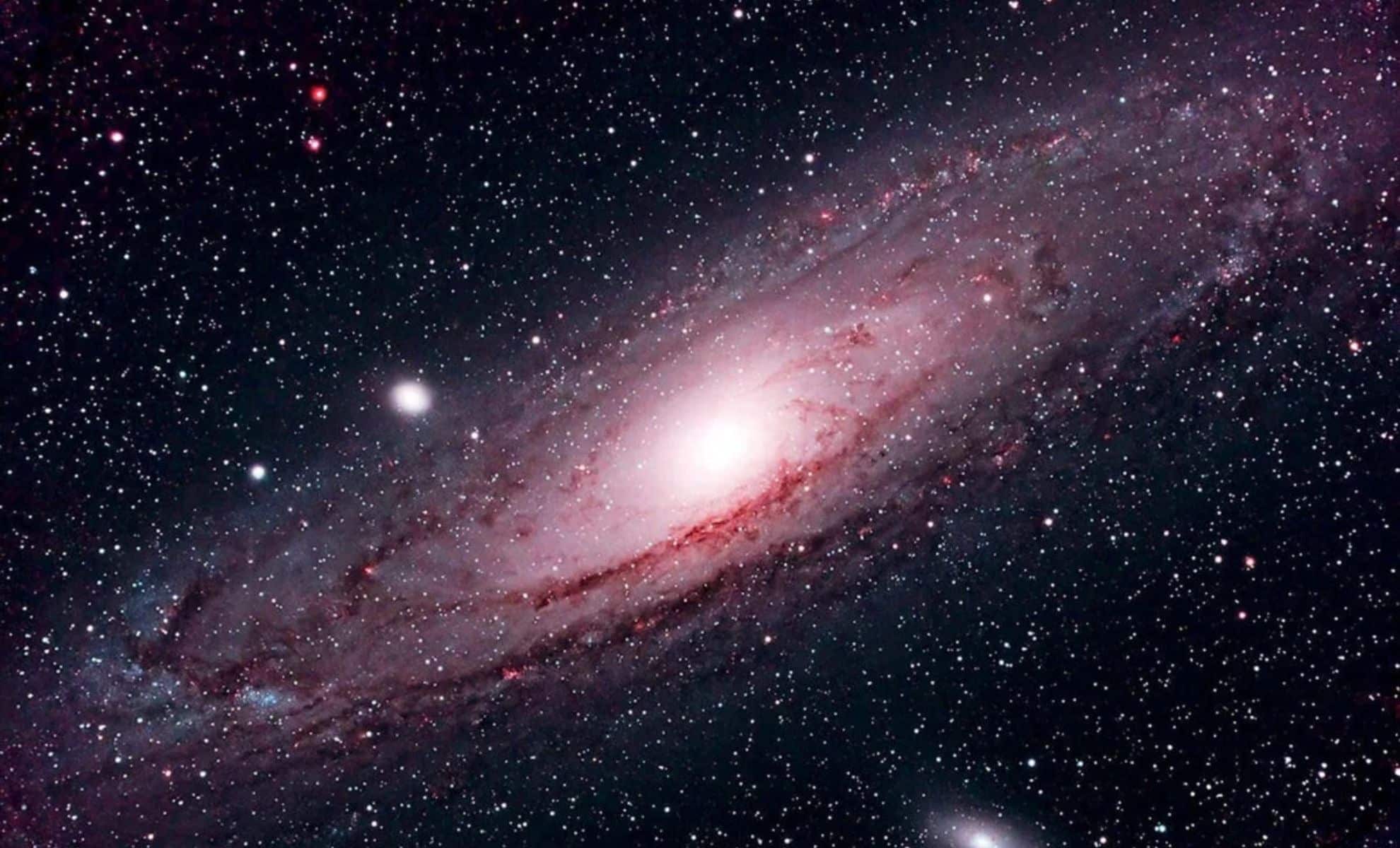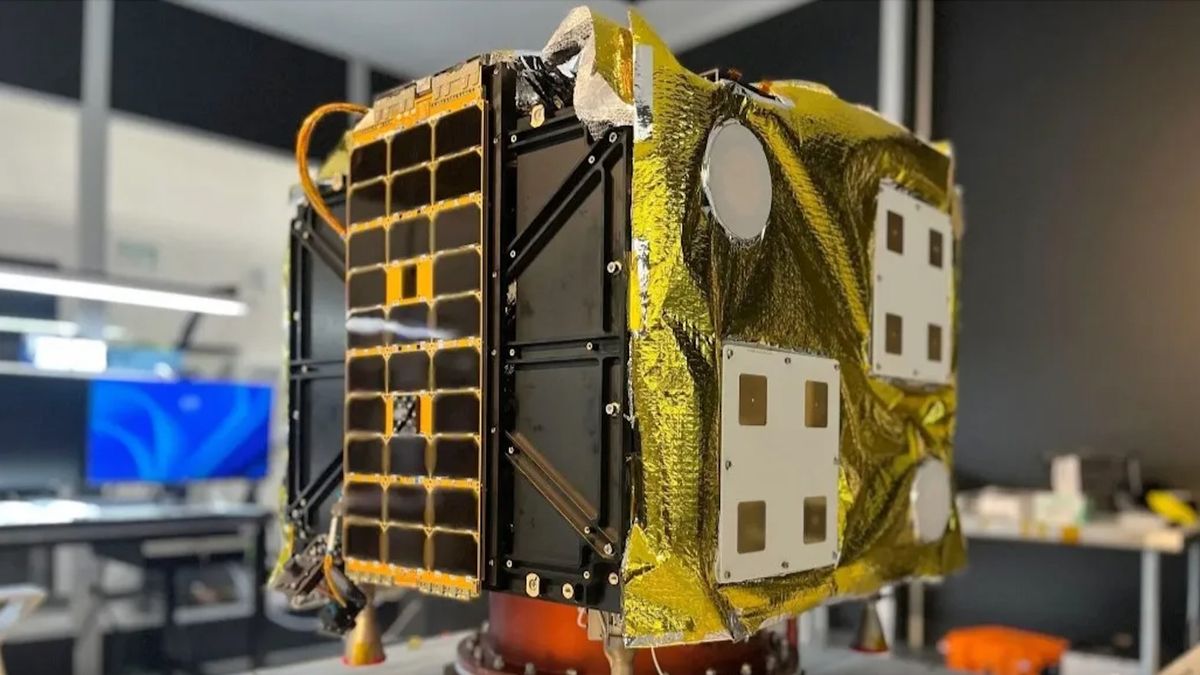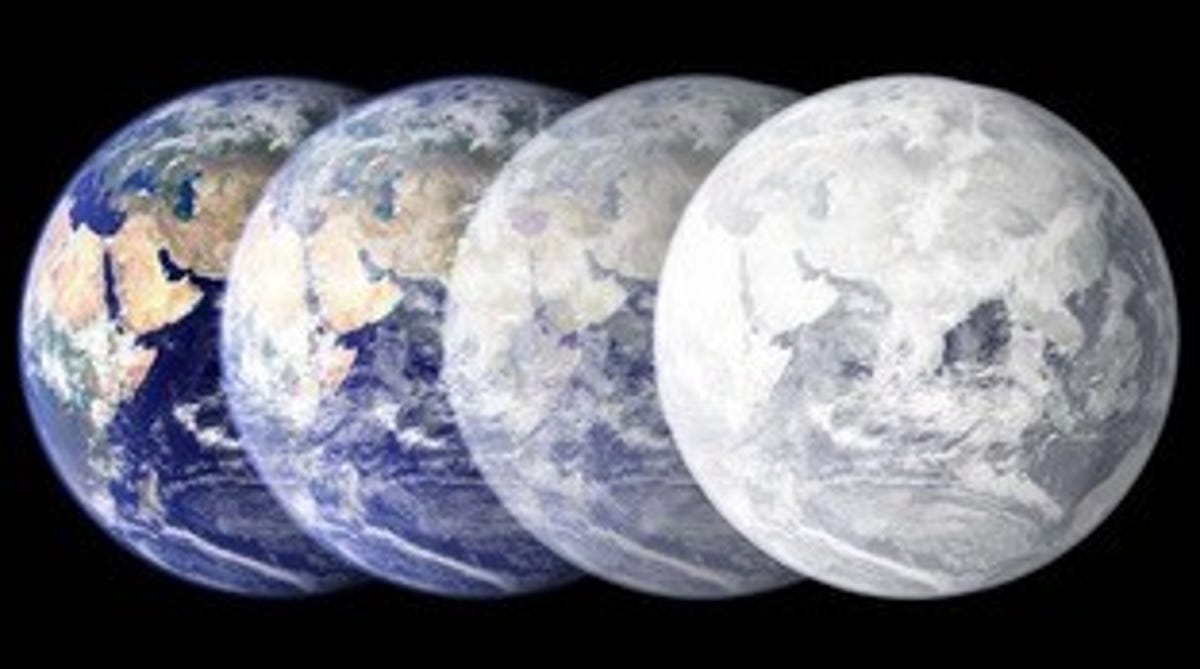
The Andromeda Galaxy, situated 2.5 million light-years from Earth, is a prominent subject of astronomical research. To the unaided eye, it presents as a faint spindle-shaped glow, but it conceals a rich and intricate network of satellite galaxies. Recently, NASA’s Hubble Space Telescope has unveiled the first three-dimensional map of this satellite system, uncovering an irregular structure driven by historical cosmic events. In contrast to the more stable satellite groupings seen in the Milky Way, Andromeda’s companions demonstrate a tumultuous history, which may include a catastrophic collision billions of years in the past.
With over 1,000 Hubble orbits focused on this research, astronomers are piecing together Andromeda’s history, revealing insights into the processes of galaxy formation and evolution across cosmic timescales. Their latest research, published in The Astrophysical Journal, depicts a vibrant and intricate satellite system—one that questions previously held beliefs about galactic interactions and hints at a more chaotic history for Andromeda than was once understood.
Understanding the Evolution of Andromeda’s Satellite Galaxies
Central to this pivotal study is an intriguing question: What accounts for the stark differences between Andromeda’s satellite system and that of our own galaxy?
While the Milky Way possesses its own collection of satellite galaxies, they seem to follow a divergent evolutionary path. Many smaller companions in the Milky Way appear to have ceased forming new stars long ago. In contrast, Andromeda’s dwarf galaxies are continuing star formation well beyond expectations, challenging established theories on galaxy development.
“The length of time that satellites can sustain new star formation largely depends on their mass and proximity to Andromeda,” explained lead author Alessandro Savino from the University of California at Berkeley. “This clearly indicates how the growth of smaller galaxies is influenced by the gravitational force of a massive galaxy like Andromeda.”
This revelation implies that Andromeda’s formidable gravitational field—alongside the consequences of earlier mergers—has significantly disturbed and redefined its satellite population in ways not seen in the Milky Way. Whereas many small galaxies in our own galaxy ceased star formation eons ago, the satellites of Andromeda seem to have accessed gas supplies for extended periods, supporting ongoing star formation at a gradual but consistent rate.


A Galactic Landscape of Historical Turbulence
One of the most remarkable insights from the Hubble survey is the distinct arrangement of Andromeda’s satellite system. Rather than being randomly distributed, nearly half of these satellite galaxies are observed to be aligned within a singular plane, all moving in the same orbital direction—an unusually ordered configuration that has piqued the interest of astronomers.
“The distribution of objects in the Andromeda system is clearly asymmetric and influenced by past events. It appears that a significant occurrence took place not long ago,” remarked principal investigator Daniel Weisz from the University of California at Berkeley.
This uneven arrangement implies that Andromeda’s past was marked by tumult. A considerable merger—perhaps with another large galaxy—might have disrupted its satellite system, leading to an organized yet chaotic structure. Evidence of this transformative event can be seen in Andromeda’s major satellite galaxy, M32, which scientists theorize could be the stripped remnants of a larger galaxy that merged with Andromeda ages ago.
Such an occurrence would have substantially altered Andromeda’s satellite system, propelling some galaxies into new orbits while simultaneously triggering waves of star formation in others. If accurate, this suggests that Andromeda is presently a cosmic snapshot of a galaxy undergoing transformation, still adjusting after a monumental collision that redefined its structure and dynamics.
Shifting Perspectives on Galactic Formation
For many years, astronomers have used the Milky Way as a template to understand the evolution of galaxies. However, this new research on Andromeda challenges the assumption that all large galaxies share a uniform developmental pathway.
“There is a tendency to apply our understanding of the Milky Way too broadly to other galaxies in the universe,” said Weisz. “Concerns persist regarding whether our observations in the Milky Way have universal implications for elsewhere, or if there’s greater variation among other galaxies. Are common traits present?”
This investigation confirms that low-mass galaxies in distinct environments have traversed different evolutionary routes compared to those in the Milky Way, prompting fresh inquiries into the universality of our current models regarding galaxy formation.
One of the most intriguing aspects of Andromeda’s satellite galaxies is that they continued forming stars when conventional wisdom suggested they should have stopped. Instead, a number of these smaller galaxies seemed to have maintained access to gas reserves for extended periods, fostering ongoing star formation at a slow but consistent pace. This unusual phenomenon is not reflected in existing computer simulations, leaving scientists to puzzle over its implications.
“Star formation persisted far later than expected, which contradicts predictions for these dwarf galaxies,” noted Savino. “This behavior hasn’t appeared in computer models yet, leaving us with an intriguing question yet to be answered.”









